Only 20 meters wide, National Highway 1 through Binh Chanh District has been a "bottleneck" for many years, causing frequent traffic jams at the western gateway of Ho Chi Minh City, especially during holidays and Tet.
On the afternoon of August 17, driver Van Chien drove a 6-ton refrigerated truck, inching his way through a long line of cars on Highway 1, between Doan Nguyen Tuan Street and Binh Chanh District. Although it was not rush hour, the cars were still dense and moving slowly in three lanes in each direction. Some cars encroached on the curb to avoid congestion or turned into roadside shops, forcing hundreds of motorbikes to weave through the traffic and honk loudly.
More than three kilometers away, the section of National Highway 1 near Binh Dien Bridge is also in a tense situation as vehicles from Nguyen Huu Tri and Hoang Dao Thuy streets continuously converge. This is a major intersection, so traffic police and youth volunteers are on duty to regulate traffic every day. However, congestion still occurs frequently, especially during rush hour because of the large number of trucks, containers, and passenger cars.
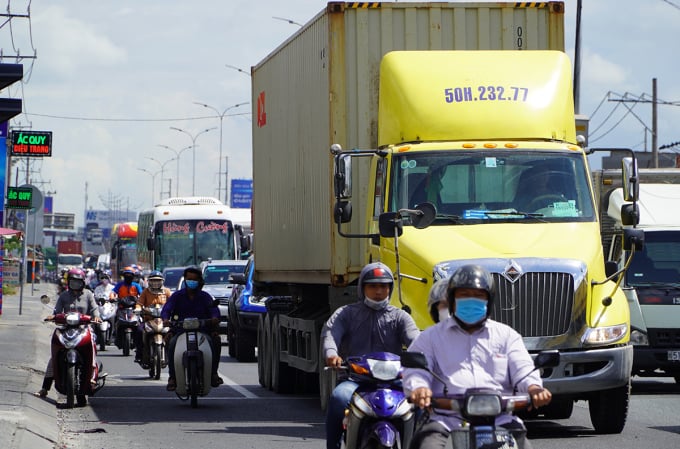
Traffic was dense on Highway 1, through Binh Chanh District, even though it was not rush hour, on the afternoon of August 17. Photo: Gia Minh
"There is a traffic jam but I still have to go every day because I have no other choice, because the only other way to the West is Highway 50, but this route is also overloaded," said driver Chien, adding that many days the journey of more than 10 km from Binh Tan district to the Ho Chi Minh City - Trung Luong expressway takes an hour even though this section of Highway 1 allows cars to travel at 60 km/h.
National Highway 1 through Binh Chanh is nearly 10 km long, from An Lac to the border of Long An province. This is the main gateway from the city to the Mekong Delta, and is also a section connecting many major roads such as Vo Van Kiet Avenue, Nguyen Van Linh, Ho Chi Minh City - Trung Luong Expressway, and also the route leading to Mien Tay bus station. In addition to the traffic jam due to the narrow road surface, with only 6 lanes, this area also has the potential for accidents because this is the only section of National Highway 1 in the city that cannot yet be divided into car and motorbike lanes.
More than 10 years ago, Ho Chi Minh City planned to expand the above road section but could not do so due to lack of capital. In 2012, the city's transport sector proposed upgrading the 2.5 km section from Tan Kien to Binh Thuan intersection to gradually ease congestion in the area after the Ho Chi Minh City - Trung Luong Expressway was put into operation and traffic volume increased. However, this plan has not been implemented yet.
Three years later, the Infrastructure Development Investment Joint Stock Company (IDICO) - the investor of the An Suong - An Lac BOT project, proposed to add to the contract the upgrading and expansion of National Highway 1 through Binh Chanh. This section of road was then expected to be widened to 35 m, with a total investment of nearly VND1,900 billion, including site clearance. However, due to the regulation that BOT cannot be applied on existing roads, the project was stalled again.
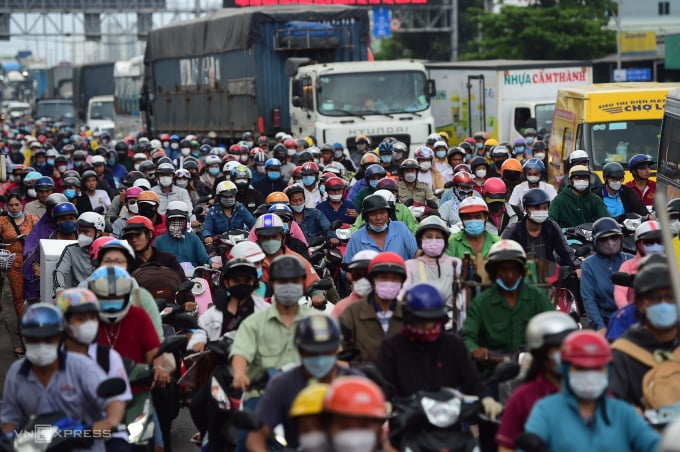
National Highway 1 through Binh Chanh District is congested as people return to their hometowns for the April 30, 2023 holiday. Photo: Quynh Tran
In the context of the national highway not being able to be expanded, in 2016, the city implemented a road project connecting Vo Van Kiet Avenue to the Ho Chi Minh City - Trung Luong Expressway under the BOT (build - operate - transfer) form, with a total capital of more than 1,550 billion VND. The 2.7 km long project helps vehicles to conveniently travel between the two roads, instead of having to go down to National Highway 1. However, when only 12% of the construction was completed, the project had to stop because the investor, Yen Khanh Company, was not capable enough and was involved in a series of violations. To date, the project is still "inactive", waiting for the termination of the BOT contract.
The connecting road is unfinished, so all cars from Vo Van Kiet Avenue when passing through the Ho Chi Minh City - Trung Luong Expressway and vice versa must go through National Highway 1, causing increasing traffic pressure in this area. During holidays and Tet, traffic jams on this road section become more serious when tens of thousands of people flock to the Western provinces, then return to Ho Chi Minh City after the holidays.
In response to urgent needs, the Ho Chi Minh City Department of Transport proposed to expand 10 km of National Highway 1 from An Lac to the border with Long An (along with 4 other projects) under the BOT form, after Resolution 98 allowed the city to apply this type of contract on existing routes. Accordingly, this section will be expanded to 52 m, with an estimated cost of nearly VND 12,900 billion, of which about VND 7,700 billion will be for site clearance. The budget will contribute 50%, the rest will be mobilized by investors.
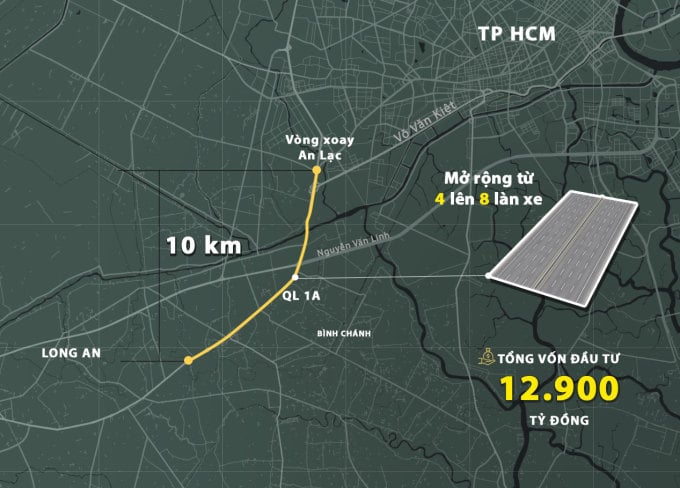
The location of National Highway 1, the section passing through Binh Chanh district, is proposed to be prioritized for implementation under the BOT form. Graphics: Hoang Thanh
Supporting the above plan, Dr. Chu Cong Minh (Ho Chi Minh City University of Technology) said that the projects require a huge amount of capital so it is impossible to rely on public investment. Therefore, the special mechanism in Resolution 98 opens up a great opportunity for the city to attract resources and quickly invest in completing important projects that have been delayed for many years, such as National Highways 1 and 13. "The longer the delay, the greater the investment costs, not to mention the social damage caused by traffic jams," he said.
According to Mr. Minh, the application of the BOT model to expand main roads, gateways, and external highways will help mobilize capital, which will speed up project progress compared to public investment. Because when investing, businesses will be more proactive in planning, controlling risks, and completing early to recover capital. However, he said that the fundamental solution is for the city to accelerate the closure of Ring Road 2 to limit traffic through the inner city.
Chairman of the Ho Chi Minh City Freight Transport Association, Bui Van Quan, also said that National Highway 1 at the western gateway of the city has been a bottleneck for many years, greatly affecting the travel and freight needs of transport businesses. "Traffic jams mean cargo jams, so instead of being able to run 3-4 trips a day, there is only one. This not only affects business but also creates many other costs, increasing transportation and freight costs," he said.
Regarding the plan to expand National Highway 1 under the BOT model, Mr. Quan said that this is a temporary measure and the implementation process needs a strict contract to ensure the harmony of interests between people and businesses. In the long term, he also recommended that the city consider exploiting the increased land value after infrastructure investment, meaning that the big beneficiaries must be responsible for paying for the project.
Gia Minh
Source link


![[Photo] A brief moment of rest for the rescue force of the Vietnam People's Army](https://vstatic.vietnam.vn/vietnam/resource/IMAGE/2025/4/3/a2c91fa05dc04293a4b64cfd27ed4dbe)
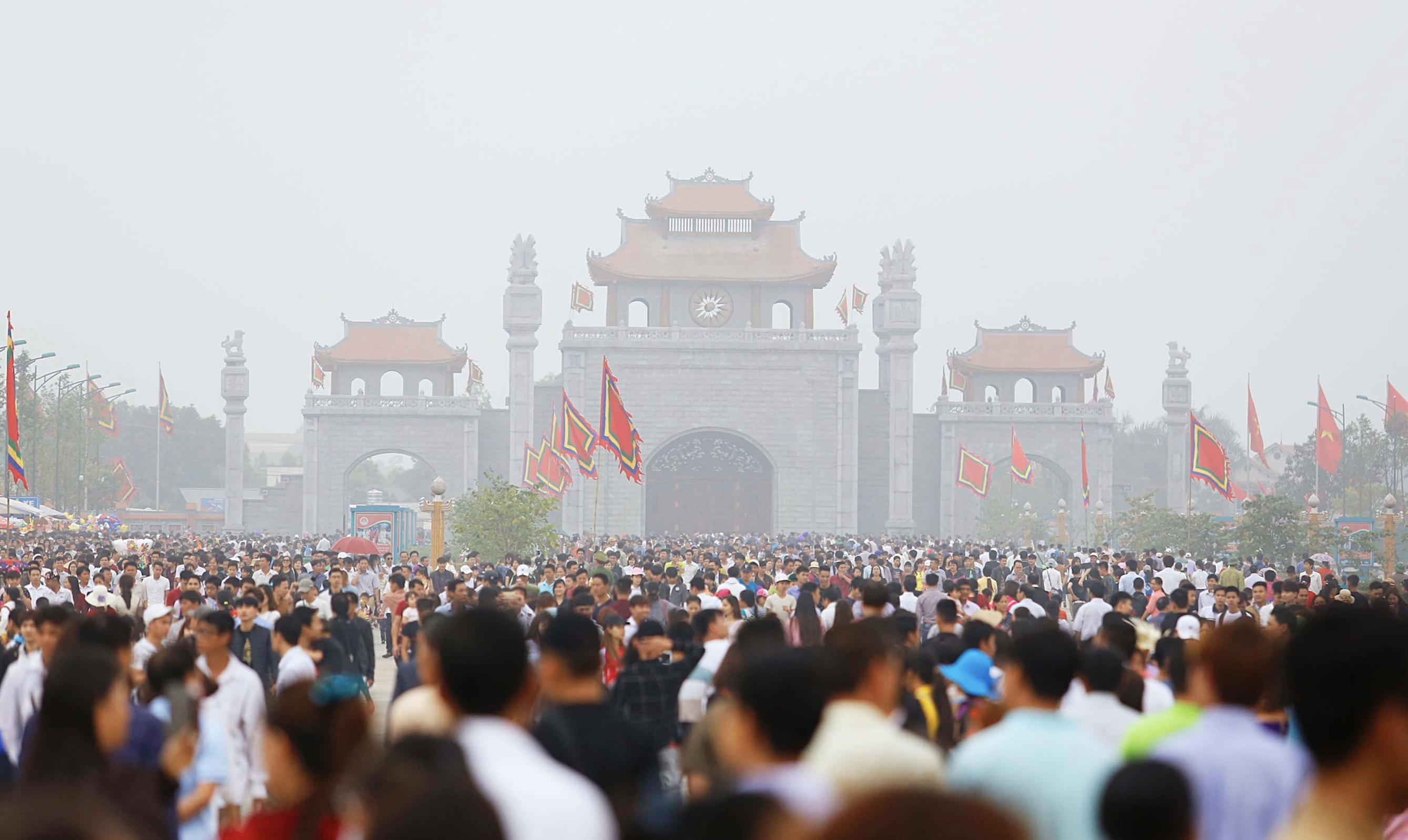
![[Photo] Ho Chi Minh City speeds up sidewalk repair work before April 30 holiday](https://vstatic.vietnam.vn/vietnam/resource/IMAGE/2025/4/3/17f78833a36f4ba5a9bae215703da710)
![[Photo] Prime Minister Pham Minh Chinh chairs the first meeting of the Steering Committee on Regional and International Financial Centers](https://vstatic.vietnam.vn/vietnam/resource/IMAGE/2025/4/3/47dc687989d4479d95a1dce4466edd32)
![[Photo] Prime Minister Pham Minh Chinh chairs meeting after US announces reciprocal tariffs](https://vstatic.vietnam.vn/vietnam/resource/IMAGE/2025/4/3/ee90a2786c0a45d7868de039cef4a712)
![[Photo] General Secretary To Lam receives Japanese Ambassador to Vietnam Ito Naoki](https://vstatic.vietnam.vn/vietnam/resource/IMAGE/2025/4/3/3a5d233bc09d4928ac9bfed97674be98)
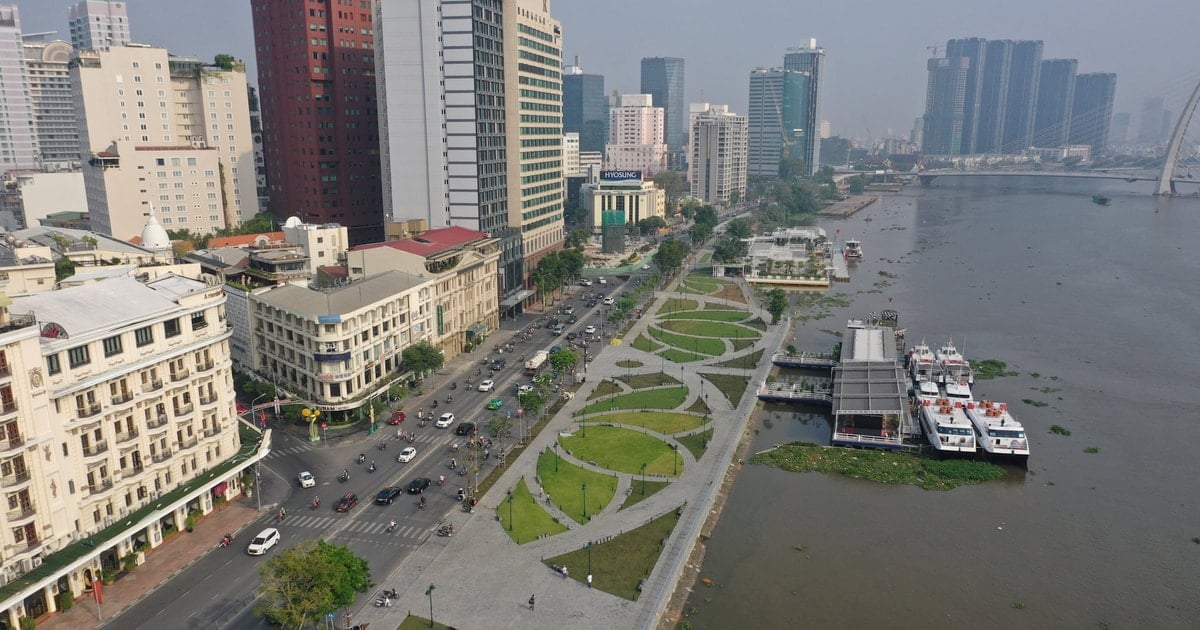

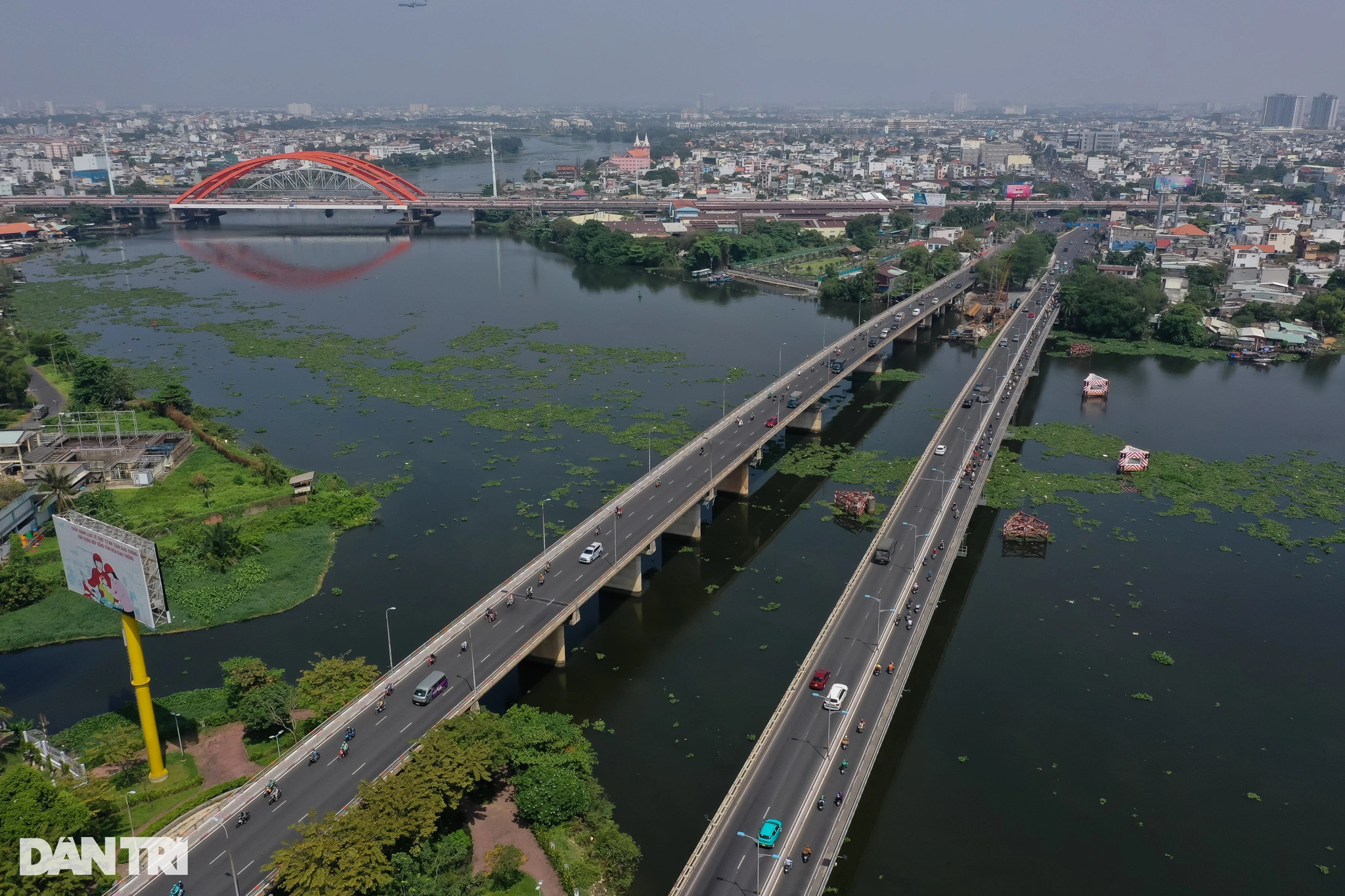

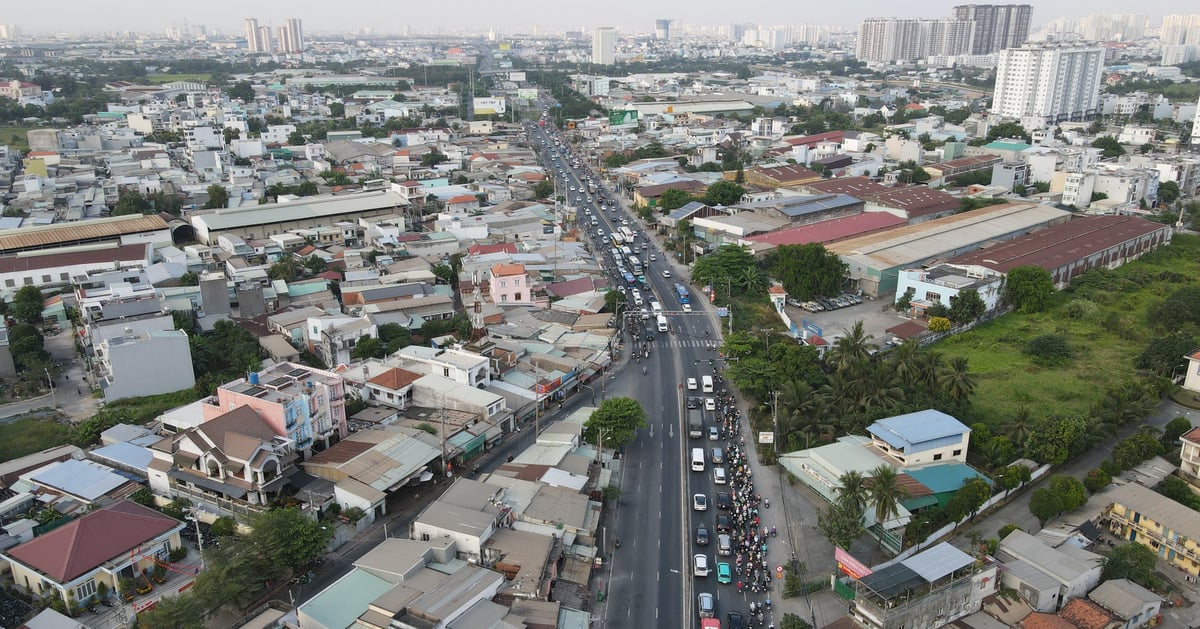

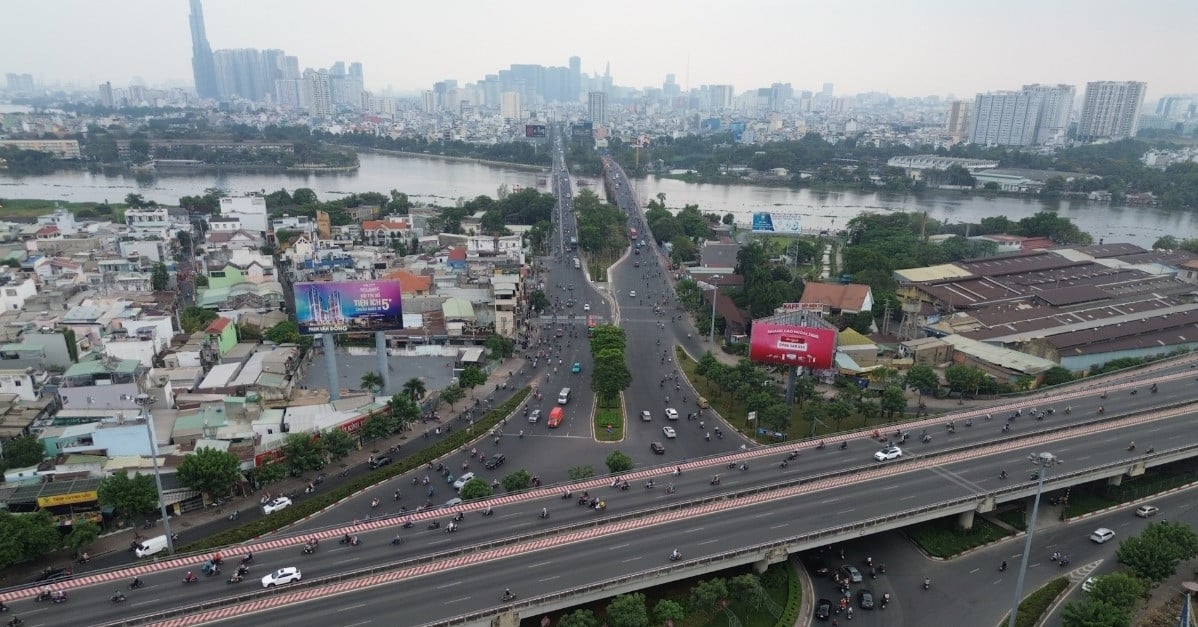

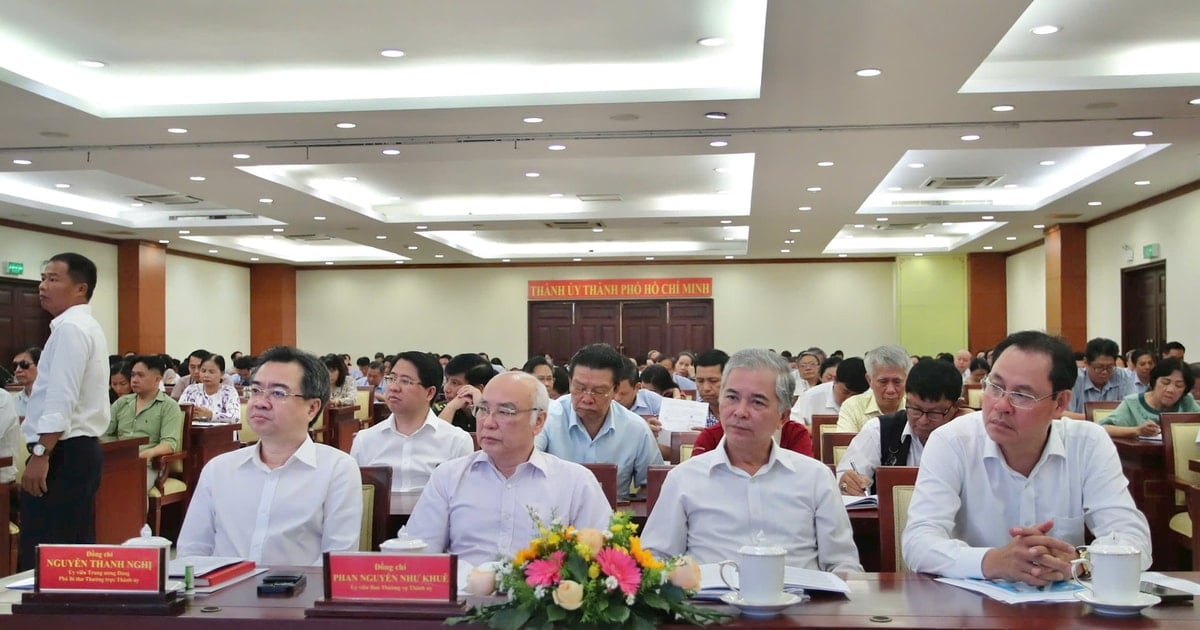
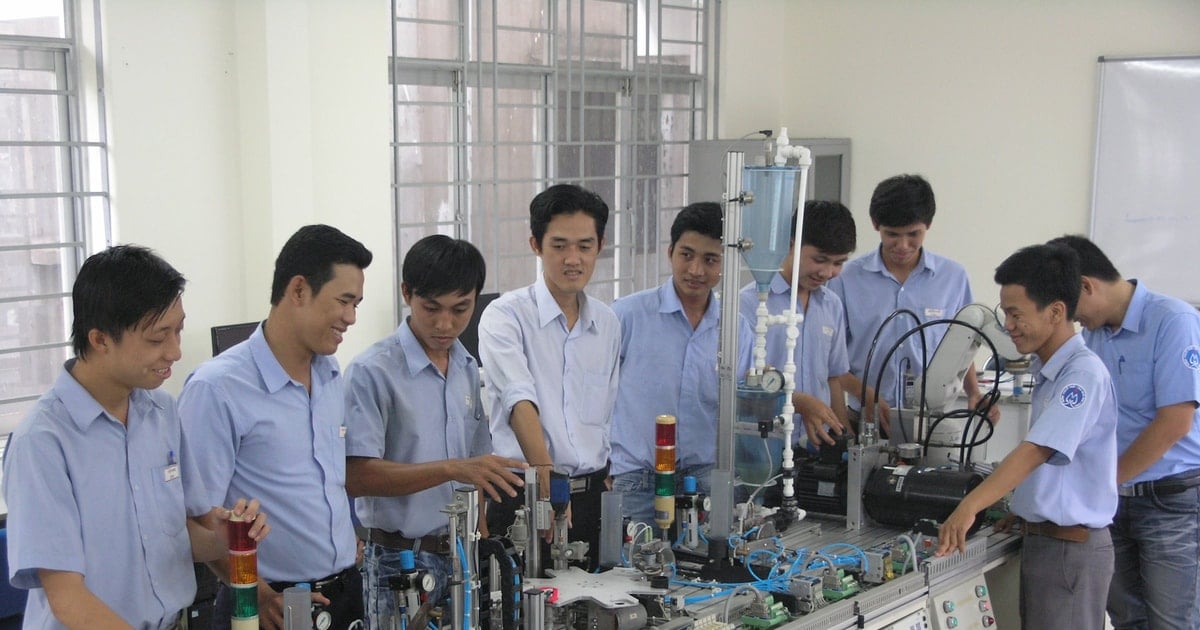
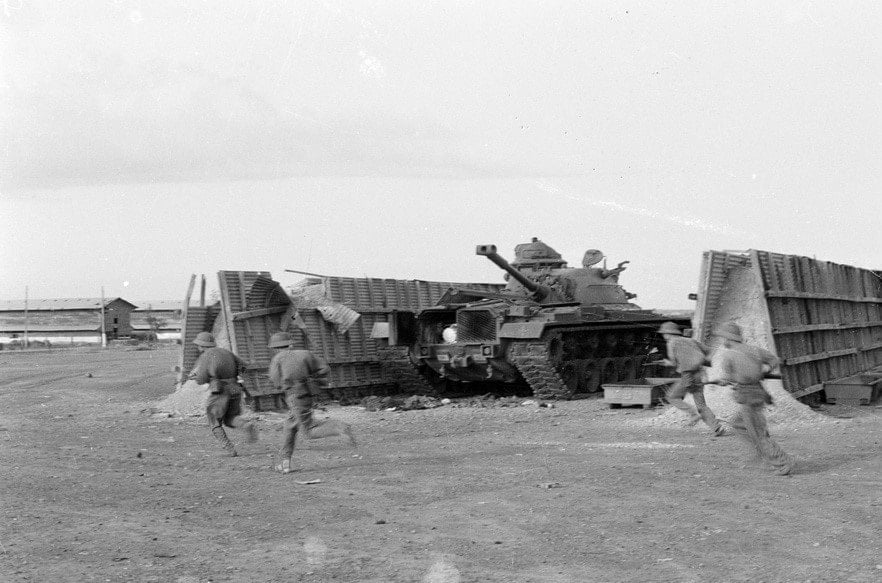
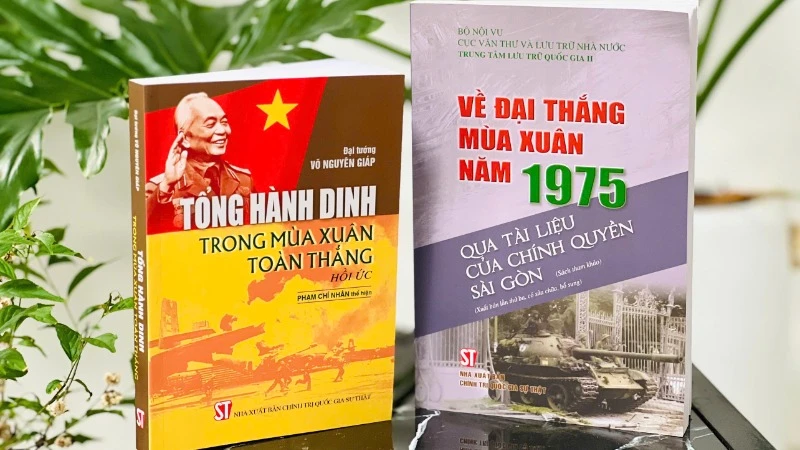


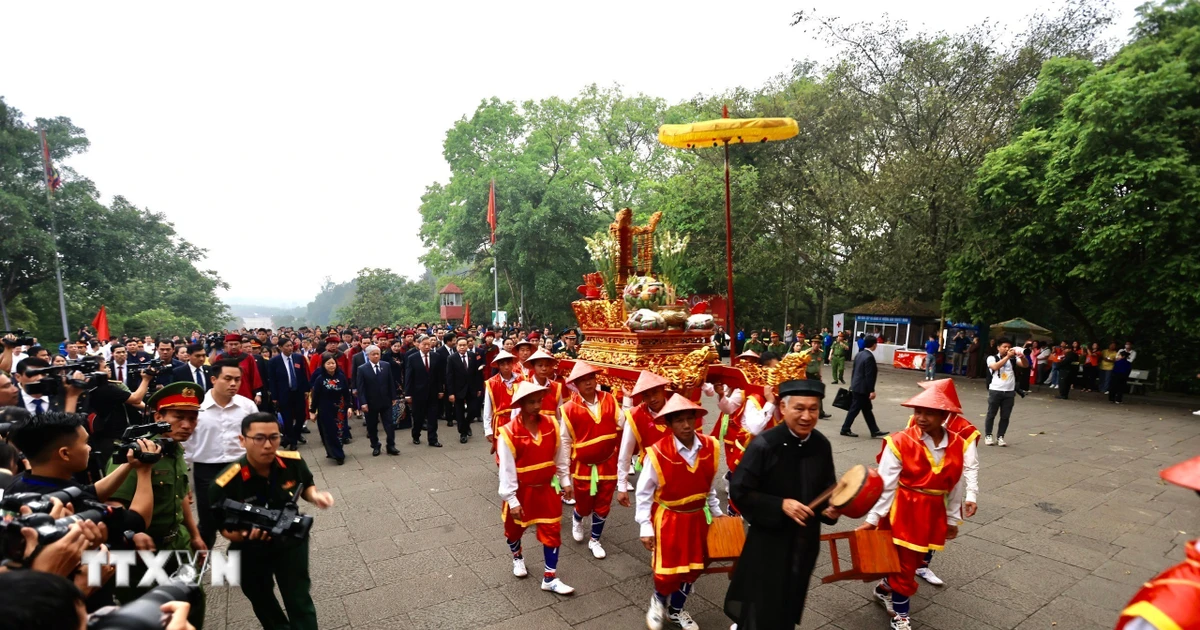
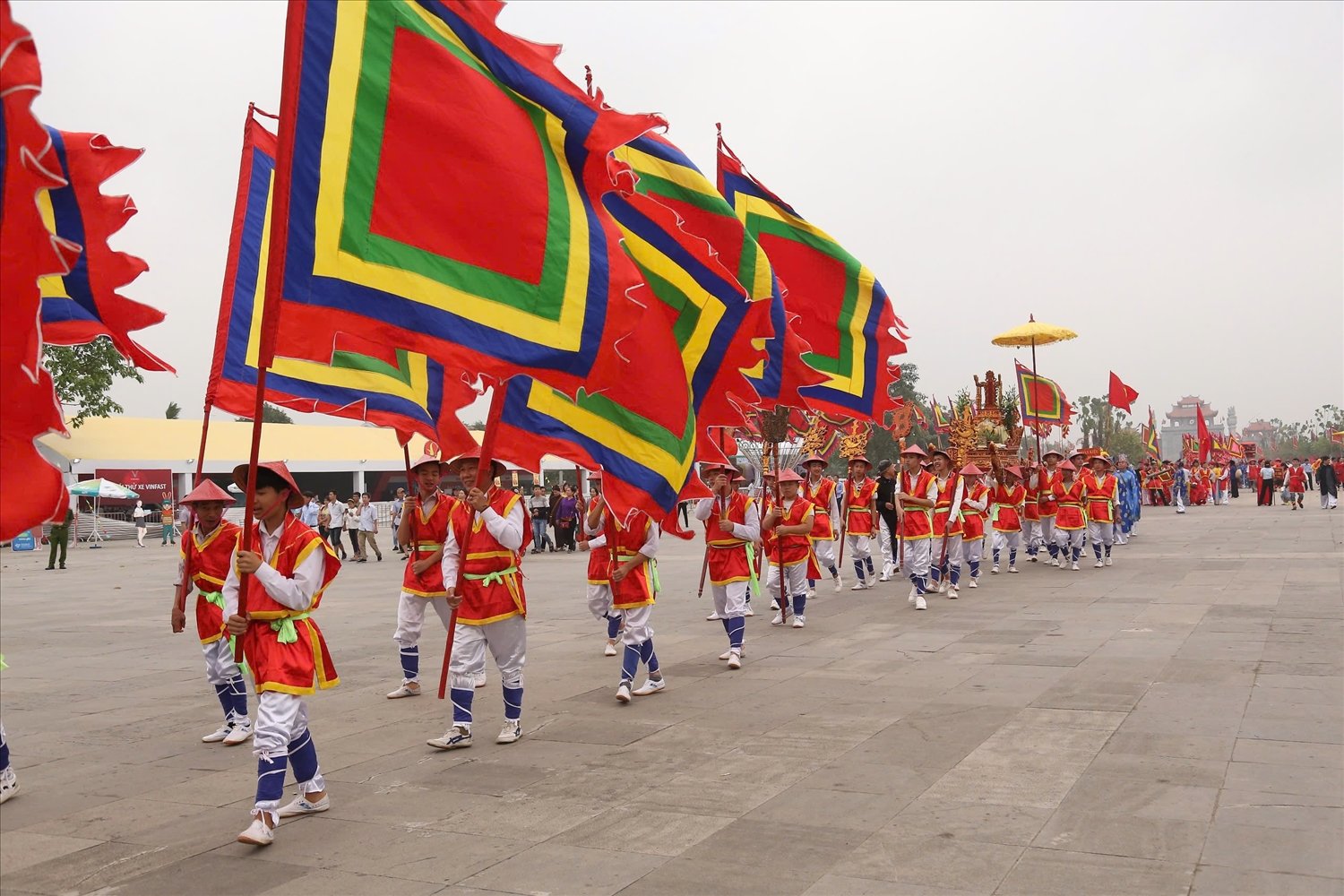










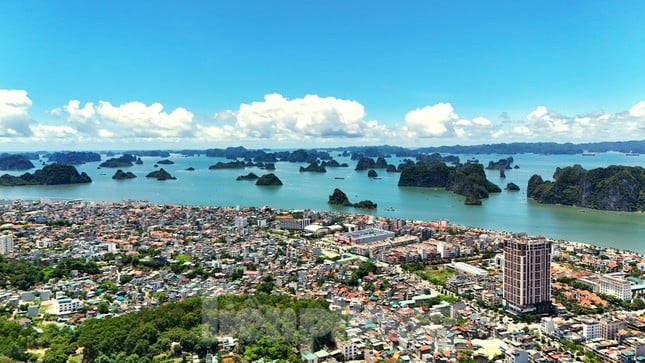

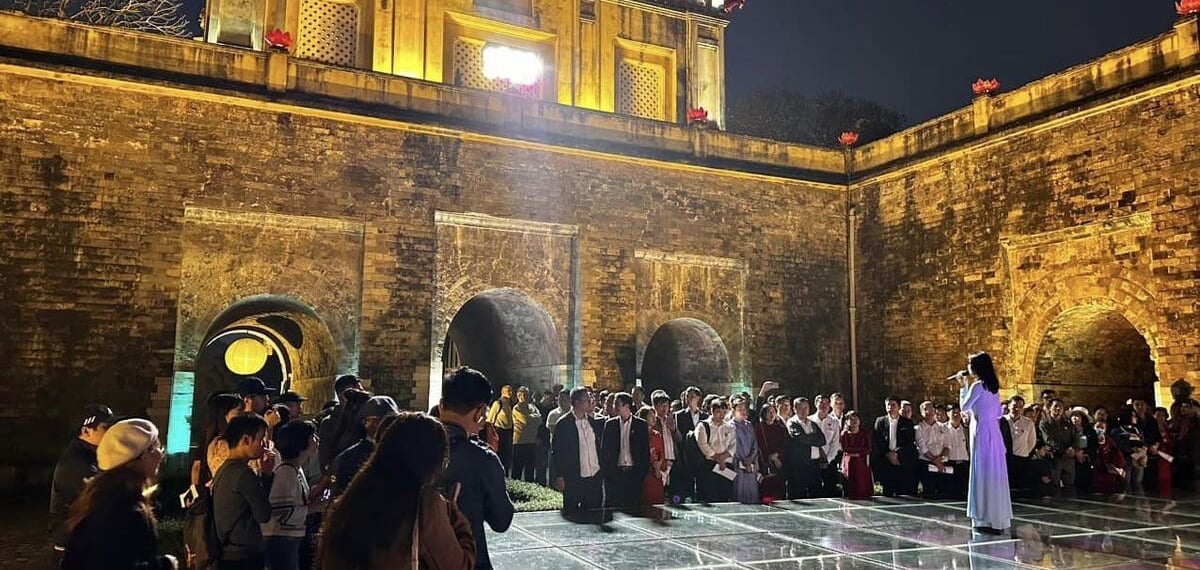

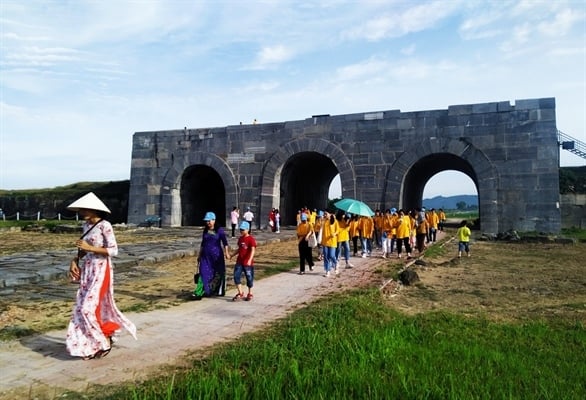

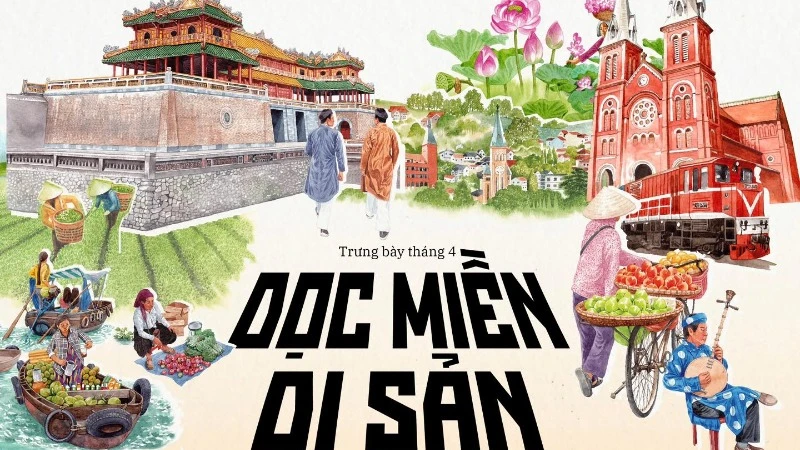

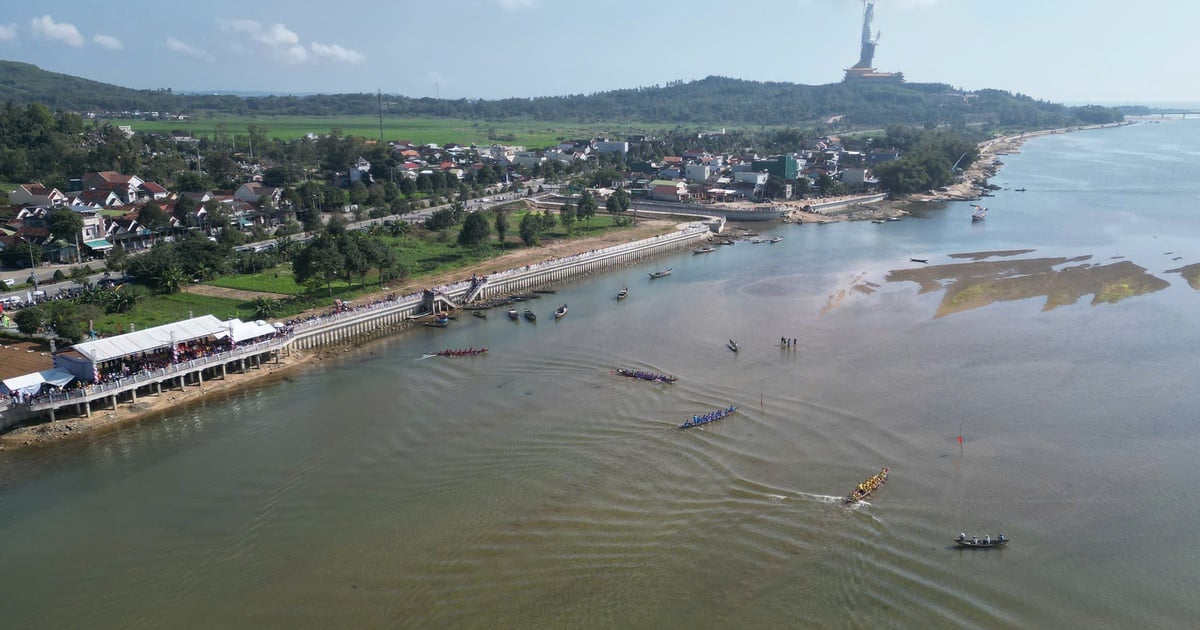







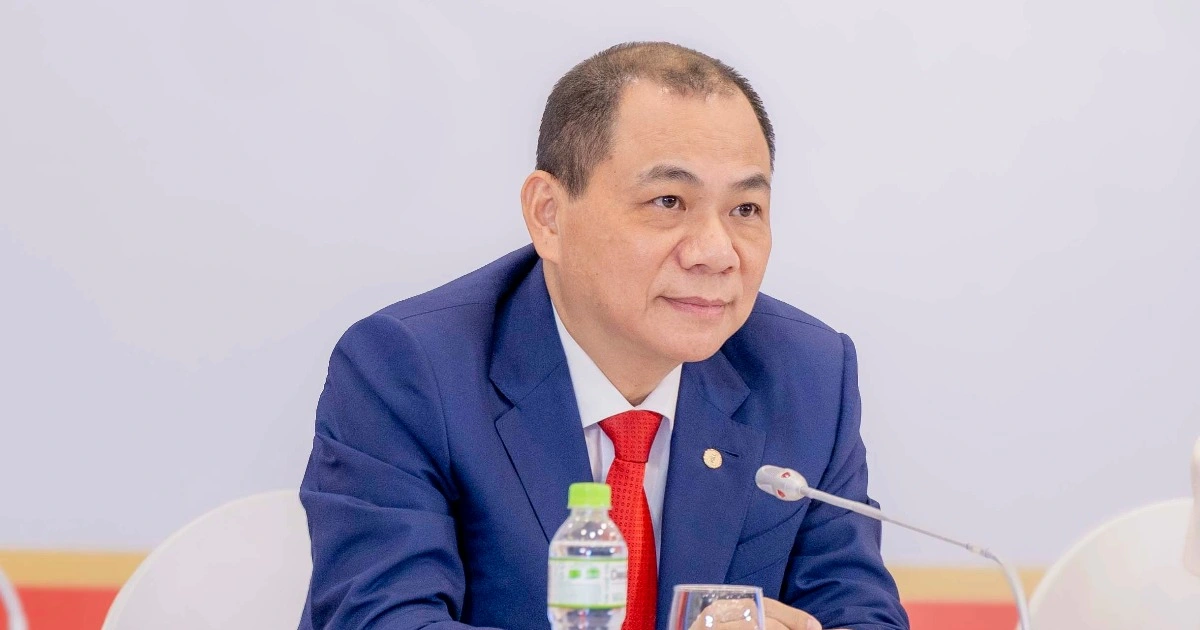
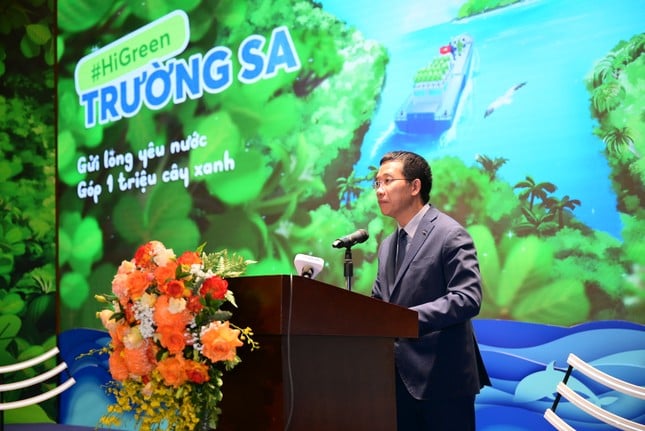








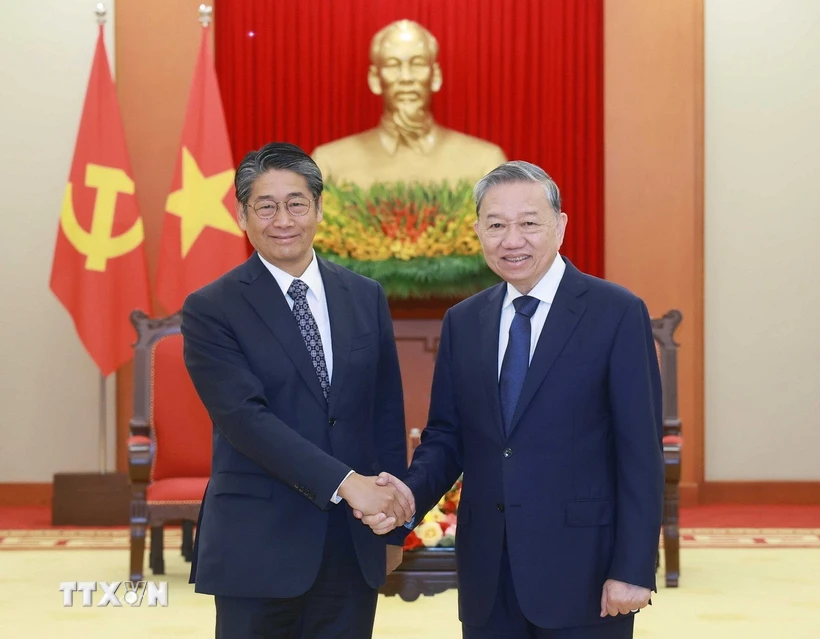


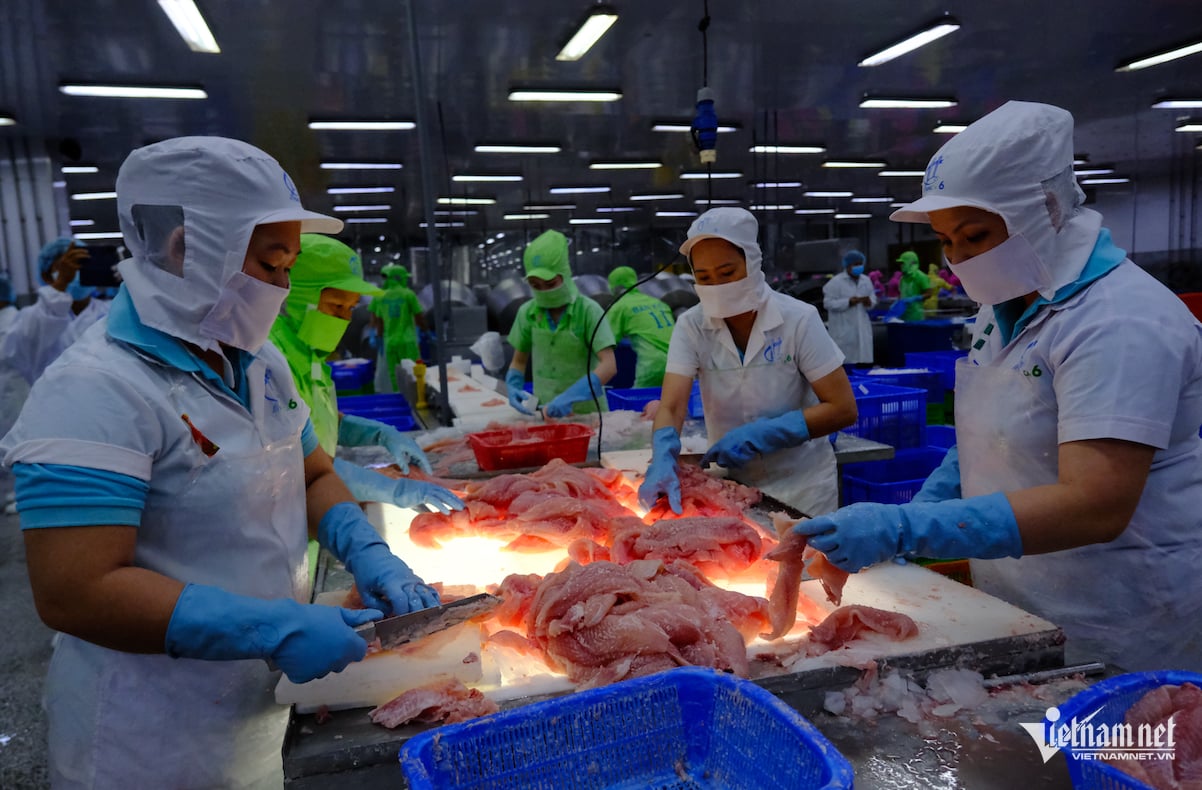

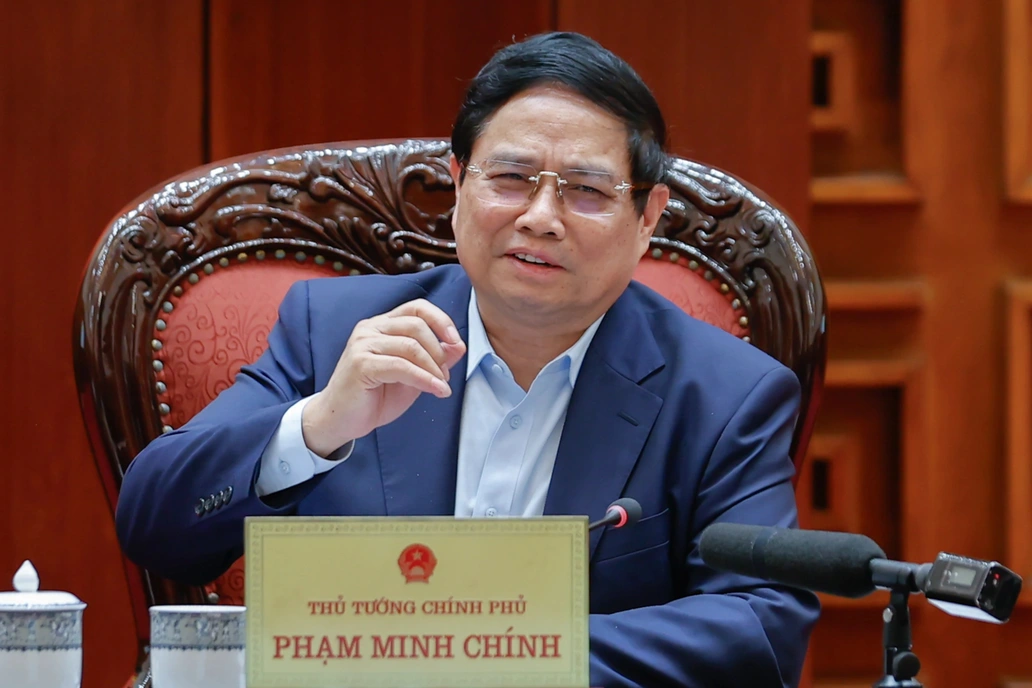





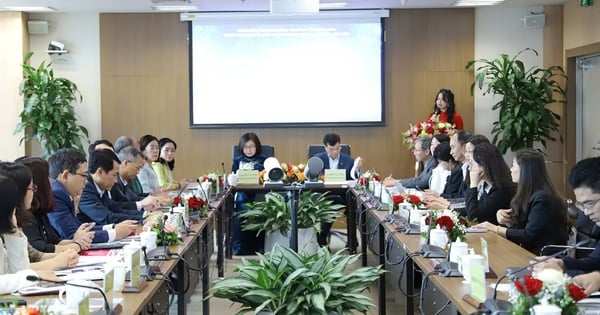




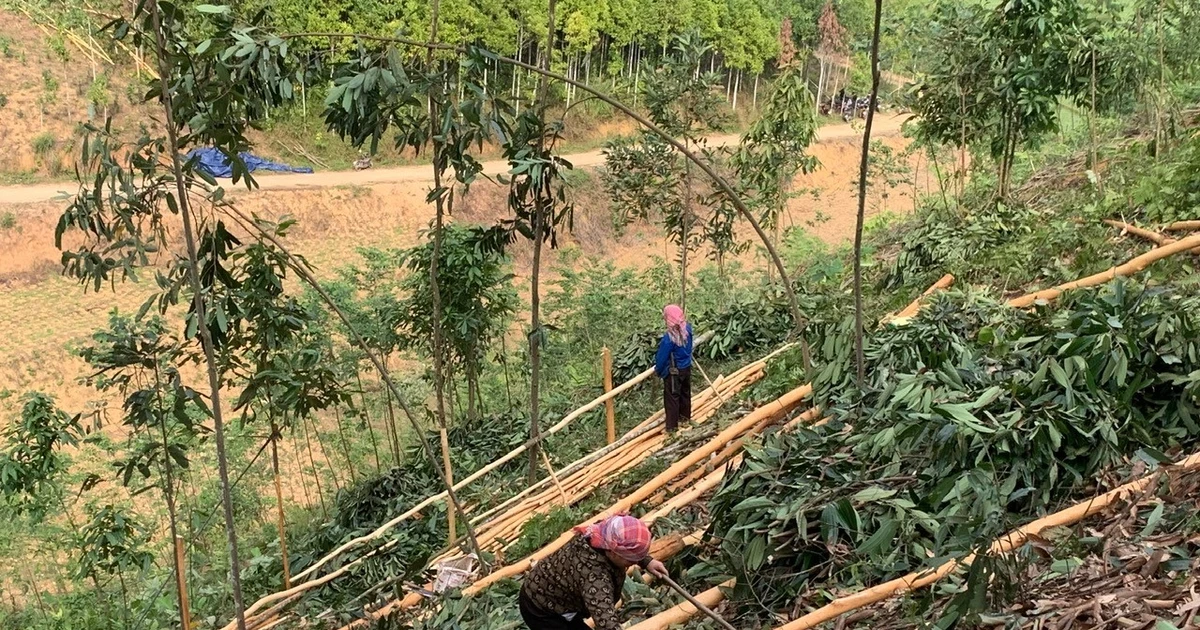



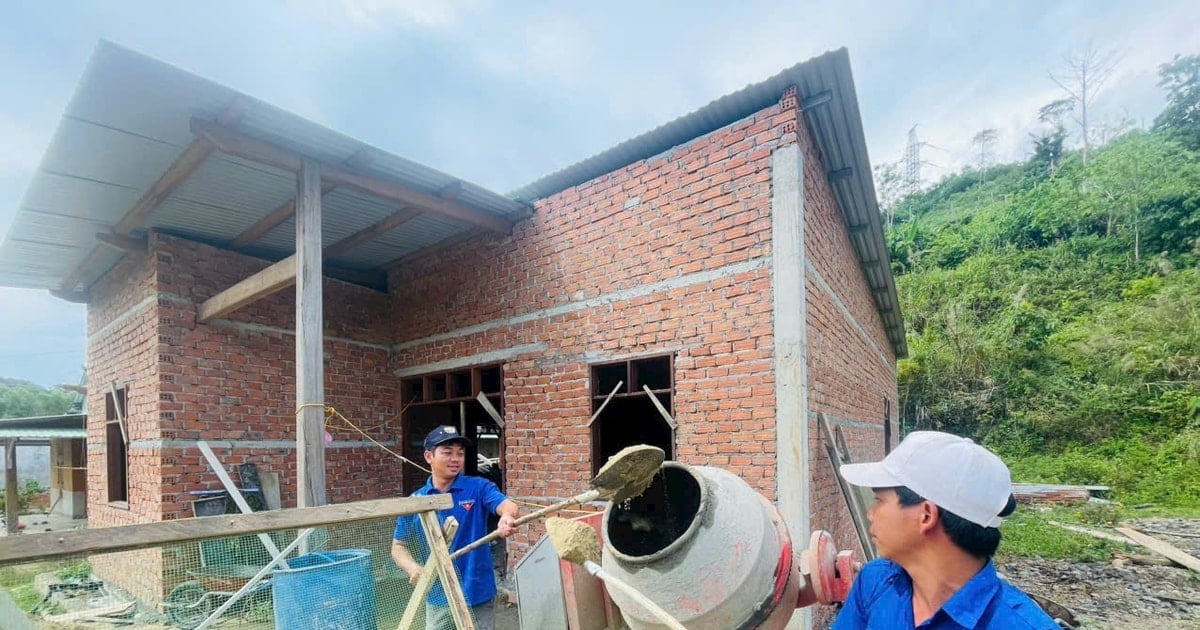
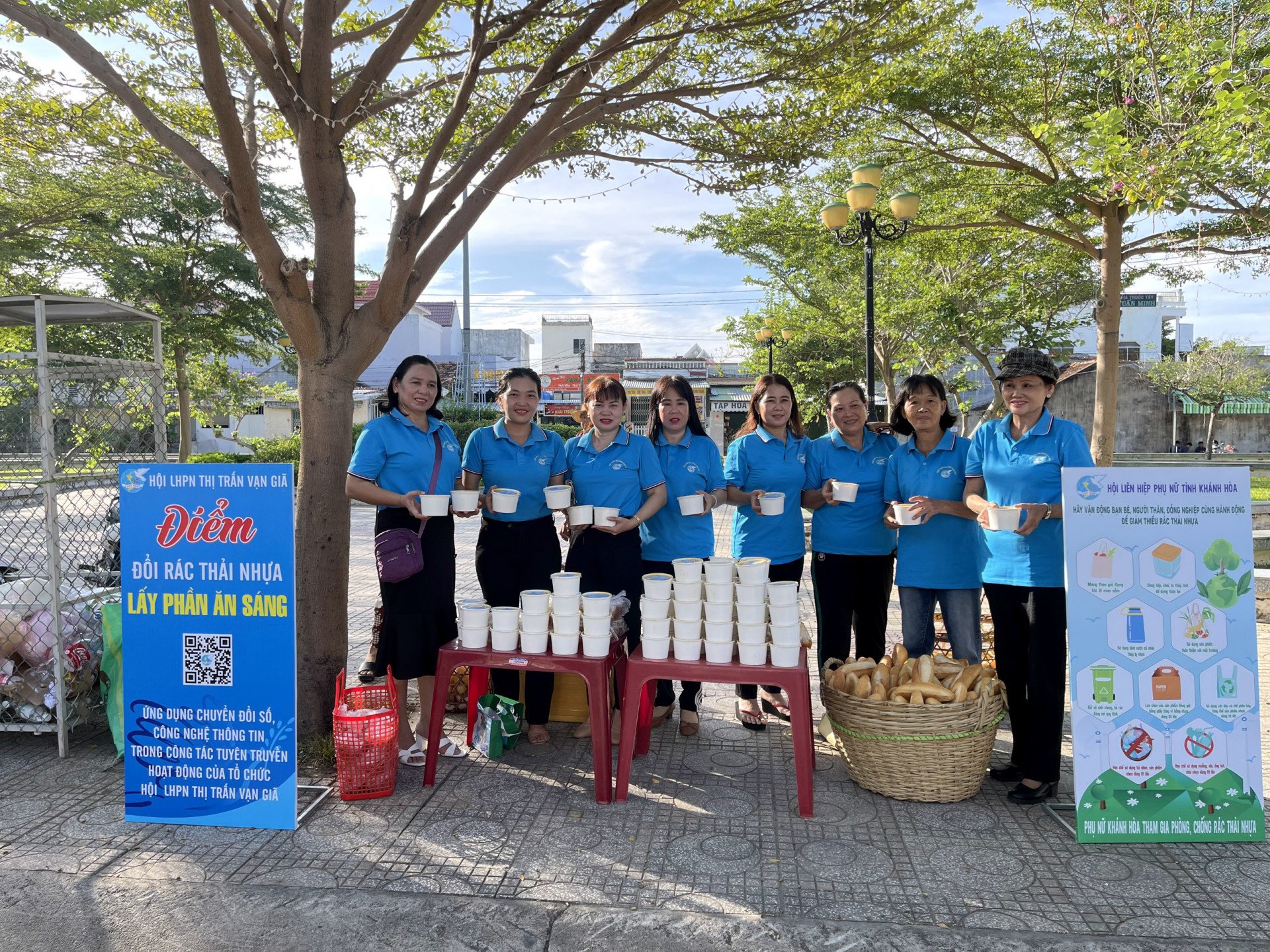
















Comment (0)